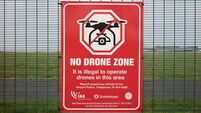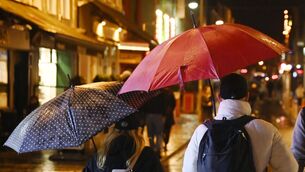Nursing unions to decide on strike action
If the unions’ coordinating strategy committee pursue such a route this morning, Liam Doran of the INO has warned that disruptive action will happen in days rather than weeks.
He said, however, it was too early to say when and what facilities would be affected and insisted nurses would do nothing that would impact on patient safety.













